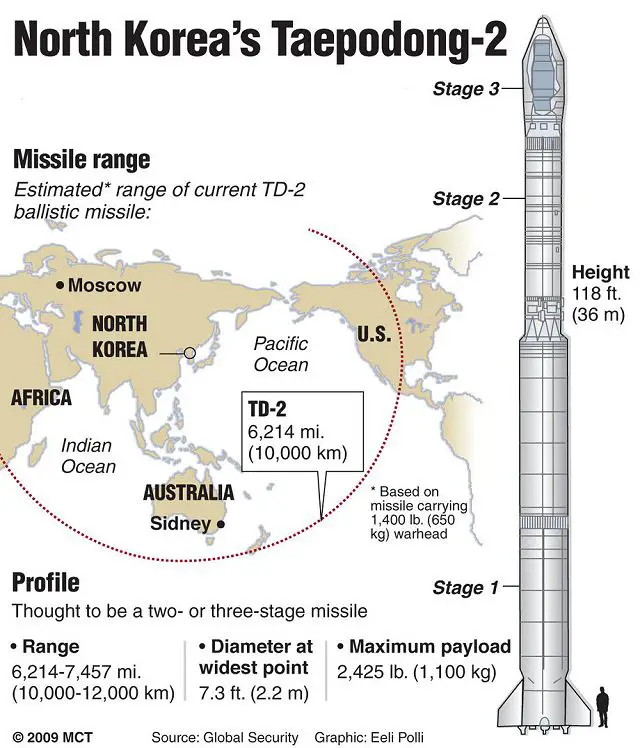| a | |||
Defense News - North Korea |
|||
|
|||
| North Korea has started to build new railways to transport materials to a new missile base. | |||
North
Korea has been laying train tracks between a new missile test site in
Tongchang-ri, North Pyongan Province and a nearby railroad station. |
|||
 North Korean Taepodong-2 ballistic missile |
|||
| In
October last year before it shelled Yeonpyeong Island, the regime reportedly
conducted an engine combustion test for the Taepodong-2 or an improved
version of a long-range intercontinental ballistic missile in Tongchang-ri.
Analysts said the base at Tongchang-ri, whose construction was believed to be almost complete, was seen as vital to North Korea's quest for an intercontinental ballistic missile capable of striking the US. |
|||
North Korea has started to build new railways to transport materials to a new missile base 2507114
- Posted On














